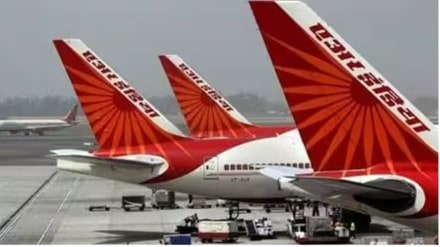The Maharaja is reportedly about to be retired. But one hopes the Tata group would not be swayed by the narrative that the airline’s potbellied, beloved mascot with his curling moustache, aquiline nose and striped turban has outlived its utility as a brand mascot. The justification for getting rid of him has been that AI should shed the baggage of the past—the Maharaja is seen to be a symbol of that—and come forward in a brand new avatar. But that’s a wrong argument. While there is definitely a need to refurbish the airline’s image, the Maharaja has had an iconic association with AI since 1946, and there is no reason why modernity can’t co-exist with some features of the beautiful past. Adding new energy to the wheel through better creativity can often be a better solution than reinventing the wheel.
In any case, the makers of Maharaja used to always reimagine the mascot to keep it contemporary. The AI website had once explained this continuous reinvention of the brand: “He can be a lover boy in Paris, a sumo wrestler in Tokyo, a pavement artist, a Red Indian, a monk… he can effortlessly flirt with the beauties of the world. And most importantly, he can get away with it all.” Despite accusations that he presented a false and retrograde image of India, the Maharaja prevailed all this while. Its creator, Bobby Kooka, had once said of the mascot: “We call him our Maharaja for want of a better description. But his blood isn’t blue. He looks like royalty, but he isn’t royal.”
The sharp humour and the boldness of AI’s campaigns in the past had led to a paradigm shift in the industry. Punctuated with satire and irreverence, the campaigns consistently capitalised on their shock value, giving rise to a new brand of advertising unlike anything India had seen before. Most importantly, however, AI inserted the Maharaja into real-world dialogues, allowing him to interact with the public in a novel way, much like what the Amul girl does. As a result, he became a real person to many of his fans. Even in 2015, passengers were welcomed by a new and younger version of the mascot, sans turban and with spiky hair, wearing jeans and sneakers. While the twirly moustache remained, it was cut down to size. In any case, with so many no-frills competing airlines, the Maharaja has the potential to become a beacon in the aviation space.
While the Maharaja must strike a new stance and stay on his toes, it’s in no way responsible for the mess that AI found itself in. Rather, the organisation it served for so long failed him. An onslaught of mishandling, corruption, unsatisfactory services, degrading public perception, insufficient aircraft utilisation, and bad attitude at high altitude led to AI being trapped in mid-flight. That’s the image AI has to break out of under the Tatas—getting rid of the Maharaja may be the easiest thing to do but may not be the wisest one. The Maharaja earlier owned the classic stereotypes about India and turned them on the head. Snakes, elephants, rope tricks, and every Western cliché about the country was appropriated and dismissed as a joke, with resounding success. Instead of dismissing him, Tatas should play on the Maharaja’s strengths and present the image of a modern airline that is willing to go the distance. After all, Michelin Man continues to remain the face of the French tyre maker after over a century.
